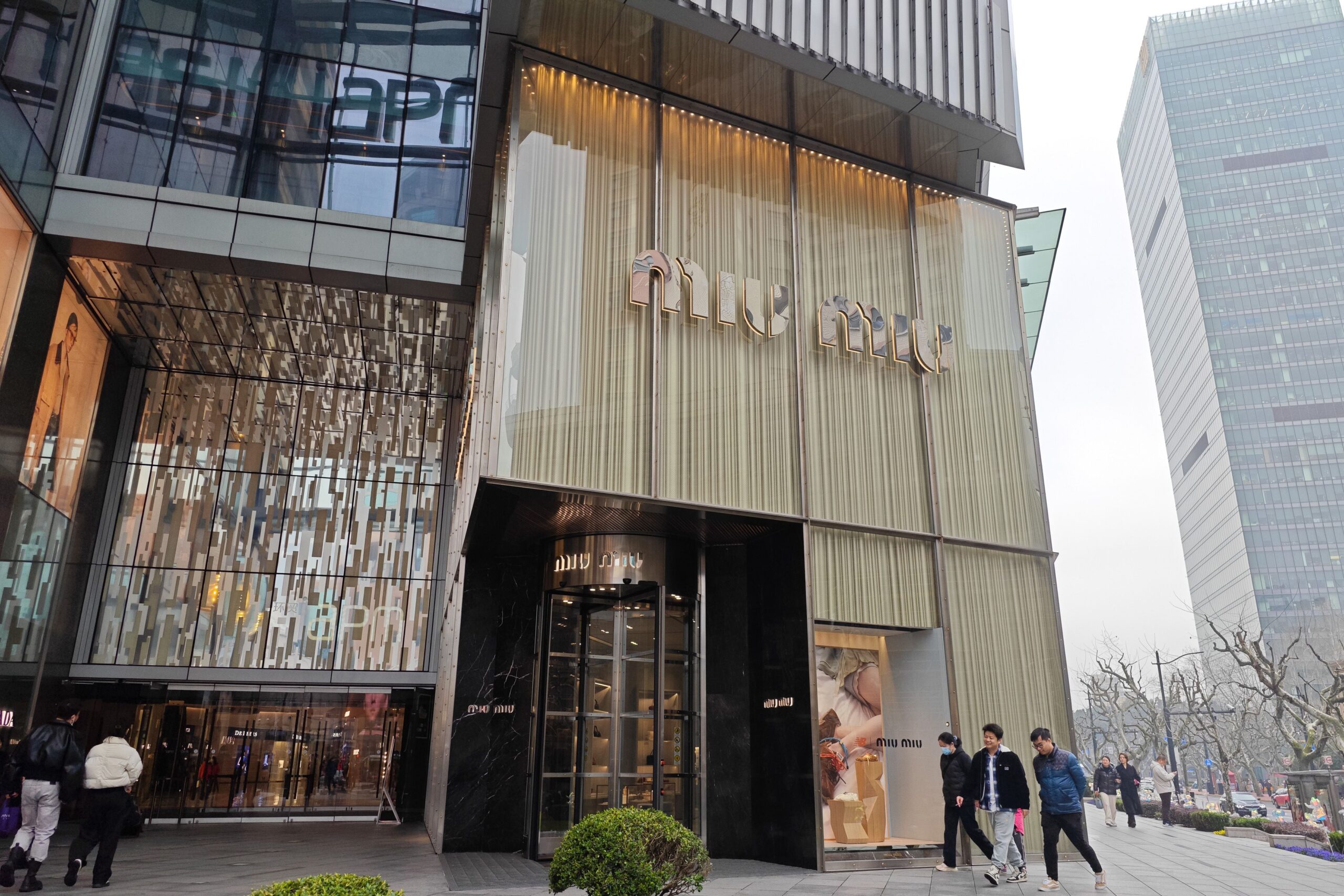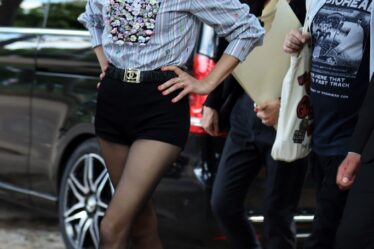
LVMH usually kicks off luxury earnings season on a reassuring note. Not so this time. The conglomerate reported its fashion and leather goods business grew just 2 percent in the first quarter. Worryingly, sales in Asia excluding Japan – a barometer of Chinese luxury demand – slipped 6 percent from the same period last year.
The results confirmed that not even the biggest brands are immune to the global luxury slowdown, and that the industry hasn’t yet found a clear alternative for growth if inflation in the US continues and China’s economy continues to sputter.
This week, we’ll get several different perspectives on the shape of the luxury market, from brands at high and low ebbs, and across the pricing spectrum (within reason, this is still luxury after all).
Can Kering Clear Its Own Low Bar?
There isn’t much suspense around how Kering’s 2024 is going: the company told the market in March that sales at Gucci, its biggest brand, were on track to drop 20 percent in the first quarter from a year earlier. The brand’s new identity under designer Sabato De Sarno has yet to solidify in consumers’ minds, making Gucci an easy cut for aspirational shoppers needing to rein in spending in a tough economy. Nowhere is that more evident than China, which Kering singled out as performing particularly poorly.
The shock report sent shares of most luxury brands tumbling. Many have since recovered. Kering’s stock has not, hitting a nearly seven-year low this week. Wall Street is clearly losing patience with Kering’s approach to turnarounds at Gucci, Balenciaga and other brands. All will quickly be forgiven if De Sarno’s clothes sell briskly as the full range hits stores. But if not, what’s Plan B?
Will Prada Defy the China Slowdown?
Prada Group sales rose 17 percent in the fourth quarter, mostly thanks to Miu Miu, where sales spiked 82 percent (Prada itself saw a healthy 10 percent bump). And yet, group CEO Andrea Guerra warned that 2024 could be a year of “ups and downs,” from macroeconomic uncertainty to the potential for geopolitical events to disrupt travel retail.
The bulk of Prada’s growth is coming from Asia. Miu Miu has seen enormous success expanding its customer base from the young to anyone with “a youthful energy linked, not to age, but to attitude,” as brand chief Benedetta Petruzzo put it to BoF recently.
If any brand can rise above China’s slowdown, it’s therefore one as red hot as Miu Miu. Signs of trouble here could really rattle the luxury sector.
Are Hermès’ Ultra-Wealthy Customers Still Immune From the Economic Cycle?
Hermès’ strategy in China, as elsewhere, has focussed on cultivating ultra-rich clientele in stores and at private events, as opposed to middle-class shoppers online. It’s helped keep the brand out of the conversation around the luxury slowdown, which has mostly hit aspirational customers. For instance, a recent Bloomberg report on rising return rates for luxury goods in China found that Hermes hadn’t been affected. When the brand has generated headlines, it’s been for its practice of turning customers away.
This week’s results are likely to affirm this approach, which Citi analysts recently predicted could propel Hermès past Louis Vuitton as the world’s biggest luxury brand by 2027.
The Week Ahead wants to hear from you! Send tips, suggestions, complaints and compliments to brian.baskin@businessoffashion.com.



